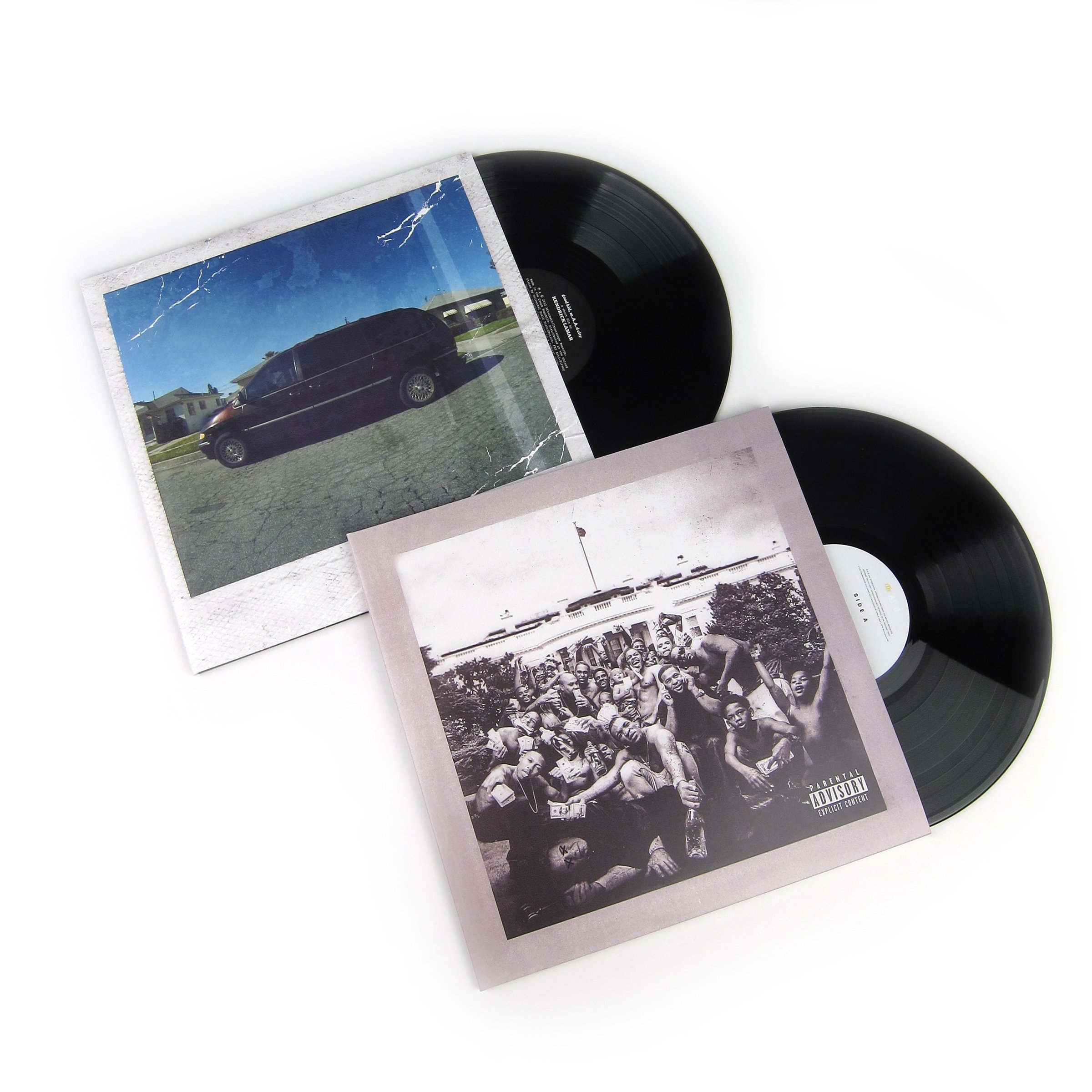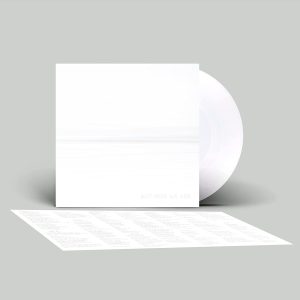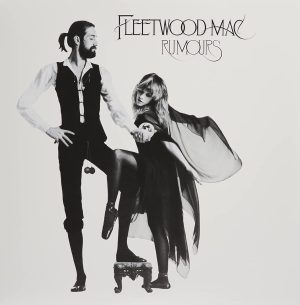Listen, I’ve been around the block with vinyl. Seen the fads come and go, watched the collectors scramble for rarities while the poseurs buy whatever Urban Outfitters is pushing this week. But when something genuinely essential drops into the marketplace—something that demands shelf space in any collection worth its weight—I feel obligated to grab you by the lapels and make sure you’re paying attention.
That’s exactly what this Kendrick Lamar double-album vinyl pack is: fucking essential.
Two slabs of contemporary genius pressed into 180 grams of pure black revelation. “Good Kid, M.A.A.D City” and “To Pimp A Butterfly” packaged together like the cultural cornerstones they are—each housed in gatefold sleeves that give these masterpieces the physical presence they deserve.
When “Good Kid” dropped in 2012, it wasn’t just an album; it was cinematic storytelling that made most rappers sound like they were still finger-painting while Kendrick was crafting Caravaggio. The vinyl captures every nuance of that Compton narrative—the bass on “Backseat Freestyle” hits with seismic force when the needle drops, while the atmospheric textures of “Sing About Me, I’m Dying of Thirst” spread across your living room like sonic fog.
Then there’s “Butterfly”—that jazz-infused, Parliament-funkified middle finger to commercial expectations. An album that somehow sounds even more vital in 2023 than when it landed in 2015. The vinyl mix brings Wesley’s Theory’s chaotic brilliance into sharper relief, while “King Kunta” struts from your speakers with even more swagger than digital could ever deliver.
This isn’t just vinyl for the sake of format fetishism. These albums were made for analog. The warmth of the pressing complements the live instrumentation, the Thundercat bass lines, the saxophone runs, and Kendrick’s vocal performances in ways that streaming simply cannot touch.
At 12.7 by 12.6 inches and weighing in at a substantial 2.73 pounds, this package from Top Dawg Entertainment (released April 2016) commands physical presence. It is not just music; it’s furniture. It’s décor. It is a statement piece that says you understand what matters in hip-hop’s evolution.
Let the digital disciples have their convenience. This vinyl pack is about immersion—about sitting cross-legged on the floor, poring over lyric sheets while the needle excavates details you’ve missed through a hundred digital listens. It is about the ritual, the commitment, the statement that some art deserves more than casual consumption.
I’ve watched friends’ faces change when “Alright” hits their ears through proper vinyl playback. I’ve seen hardened cynics get misty-eyed when “u” cuts through the room with all its raw vulnerability intact. This isn’t nostalgia-bait packaging—it’s the definitive way to experience two albums that defined a decade.
The resale market has already caught on. Original pressings fetch increasingly obscene prices as more listeners realize what they’ve missed. This package (model number KLPACKttl) bypasses the collector-gouging nonsense and delivers both masterpieces in one authoritative set.
Your vinyl collection is a self-portrait. What does it say if these albums aren’t in it? That’s between you and your conscience. But when the conversation turns to the albums that mattered, that changed things, that pushed boundaries—you’ll want to be able to walk to your shelf and pull these out.
Because some records you stream. Others you own. And the essential ones—like these Kendrick masterpieces—you experience in their fullest form, with every pop, crackle and revolution of this turntable adding to their undeniable gravity.
Listen, I’ve been spinning these Kendrick Lamar records until the grooves threaten to wear thin, and I need you to understand something: owning “good kid, m.A.A.d city” and “To Pimp A Butterfly” on vinyl isn’t just about collection-building—it’s about possessing physical artifacts of a revolution that happened in plain sight.
What Kendrick accomplished with these two masterpieces feels like watching Marvin Gaye follow “What’s Going On” with something equally seismic. These aren’t just albums; they’re testaments to an artist refusing the easy path at every turn.
The first time I dropped the needle on “good kid,” the cinematic sprawl of Compton unfolded across my living room—those hazy, underwater beats creating the perfect backdrop for Kendrick’s narrative precision. There’s something about hearing “Swimming Pools (Drank)” with that analog warmth that reveals layers digital streams compress away. You notice how the bass on “Backseat Freestyle” isn’t just loud but textured, how “Sing About Me, I’m Dying of Thirst” breathes differently when each side-flip creates a natural intermission.
Then there’s “To Pimp A Butterfly”—arguably the most important American album of the 2010s. The vinyl format gives proper space to the jazz-funk complexity of these arrangements. Flying Lotus once told me backstage at a festival that several tracks on TPAB had over a hundred separate instrumental tracks mixed down. On vinyl, you can almost hear them all—the way Thundercat’s bass conversations with Kamasi Washington’s saxophone create negative space for Kendrick’s voice to fill.
If you are someone who believes music should challenge as much as comfort, who understands that the greatest art documents personal and political truth concurrently, these records belong in your home. The gatefold sleeves themselves are statements—visual extensions of the music they contain.
Few people know that during the TPAB sessions, Kendrick was so focused that he sometimes slept in the studio for days, refusing to leave until certain passages met his exacting standards. The perfectionism paid off. When Prince—notoriously selective about public praise—presented Kendrick with an award in 2014, he whispered something in the young artist’s ear. Kendrick later revealed it was simply: “Don’t compromise.” These vinyl pressings represent that uncompromising vision.
I’ve gifted these records to friends going through transformative periods in their lives, to jazz purists who claim hip-hop lacks musicality, to poetry students studying narrative structure. Each found something different, something essential. That is the power of these particular albums on this particular format—they reveal themselves differently with each listen, the warm imperfections of vinyl bringing new details forward.
The vinyl revival isn’t about nostalgia—it’s about intention. When you commit to dropping the needle on side A of “good kid,” you’re agreeing to Kendrick’s terms: full attention, no skips, no algorithms suggesting what’s next. In return, you get something digital streams can’t provide: the full weight of a modern masterpiece, rendered in physical space, demanding to be reckoned with.
Shop now



Reviews
There are no reviews yet.